Nuclear thermal propulsion technologies are among the most promising for future deep-space exploration, say NASA Marshall researchers — and a new contract with BWXT Nuclear Energy, Inc. will help refine concepts now in development.
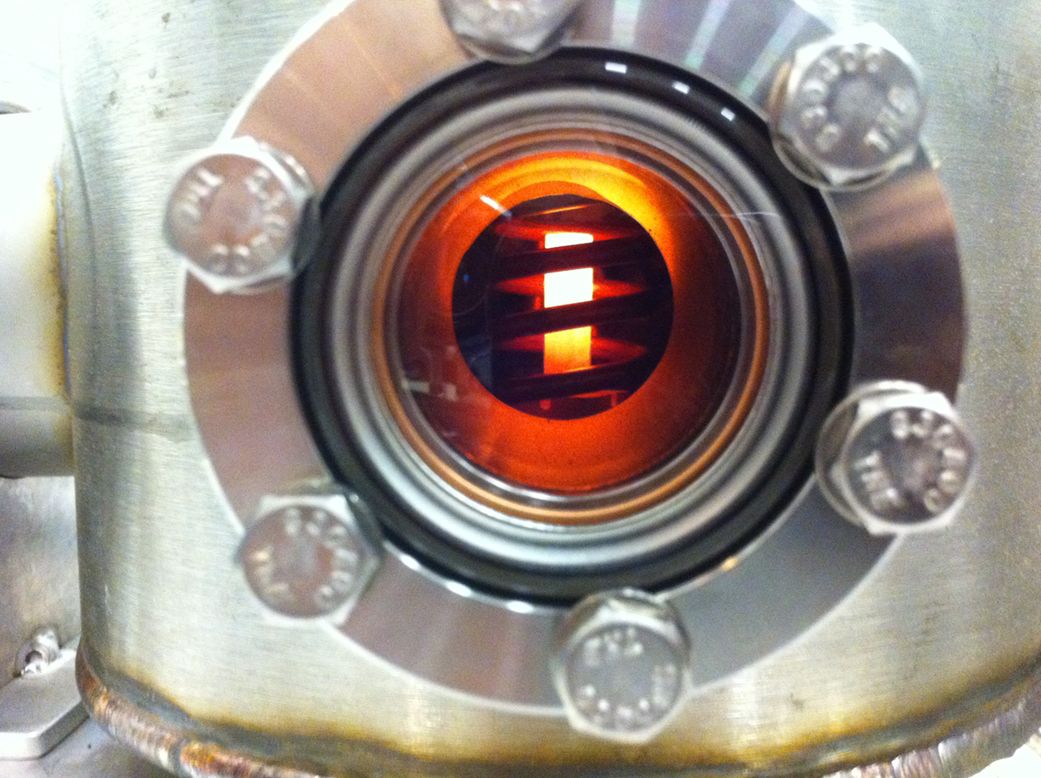

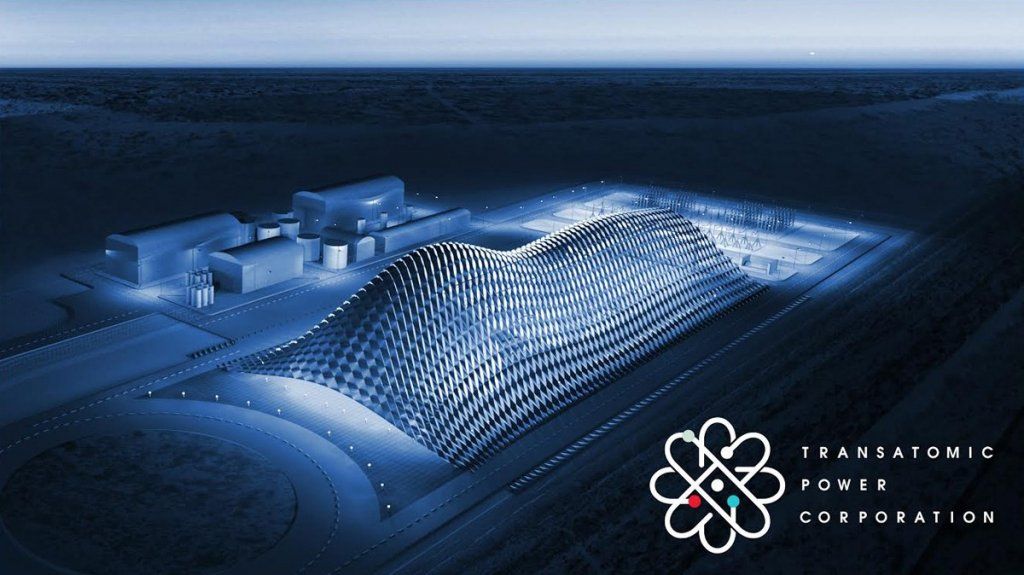
The voucher, awarded through the DOE’s Gateway for Accelerated Innovation in Nuclear (GAIN) initiative, will experimentally verify the physical properties of the fuel salt for Transatomic’s molten salt reactor technology, and will be conducted at the Argonne National Laboratory.
This is the second year that GAIN has awarded vouchers to support advanced nuclear technology, and builds on successful outcomes from the program’s inaugural round. Last year, Transatomic was awarded a voucher for work at the Oak Ridge National Laboratory, performing cutting-edge modelling and simulation analysis. This project has produced extensive positive results, published by ORNL in a Technical Memorandum in January 2017, and points to the value of public-private partnerships in nuclear technology development. “A primary measure of success for GAIN is the forging of productive relationships between the DOE laboratories and advanced technology developers like Transatomic,” said Idaho National Laboratory’s Dr. John Jackson, GAIN Technical Interface.
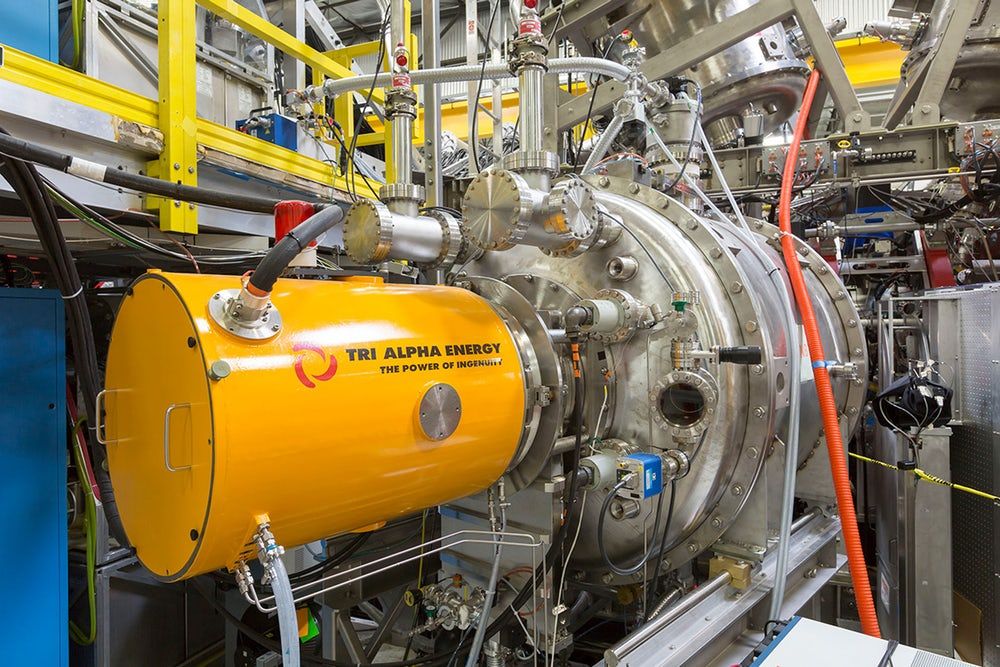
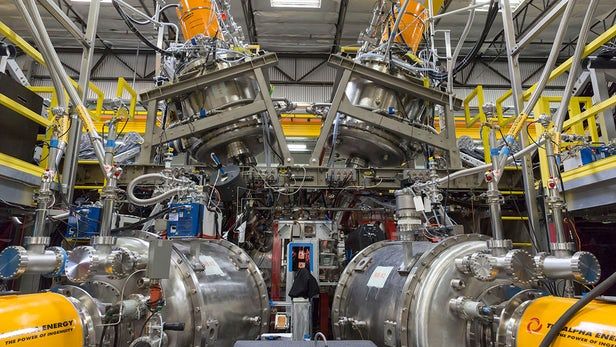
Hot on the heels of last month’s nuclear fusion breakthrough comes the first results from a multi-year partnership between Google and Tri Alpha Energy, the world’s largest private fusion company. The two organizations joined forces in 2014 in the hopes that Google’s machine learning algorithms could advance plasma research and bring us closer to the dream of fusion power.
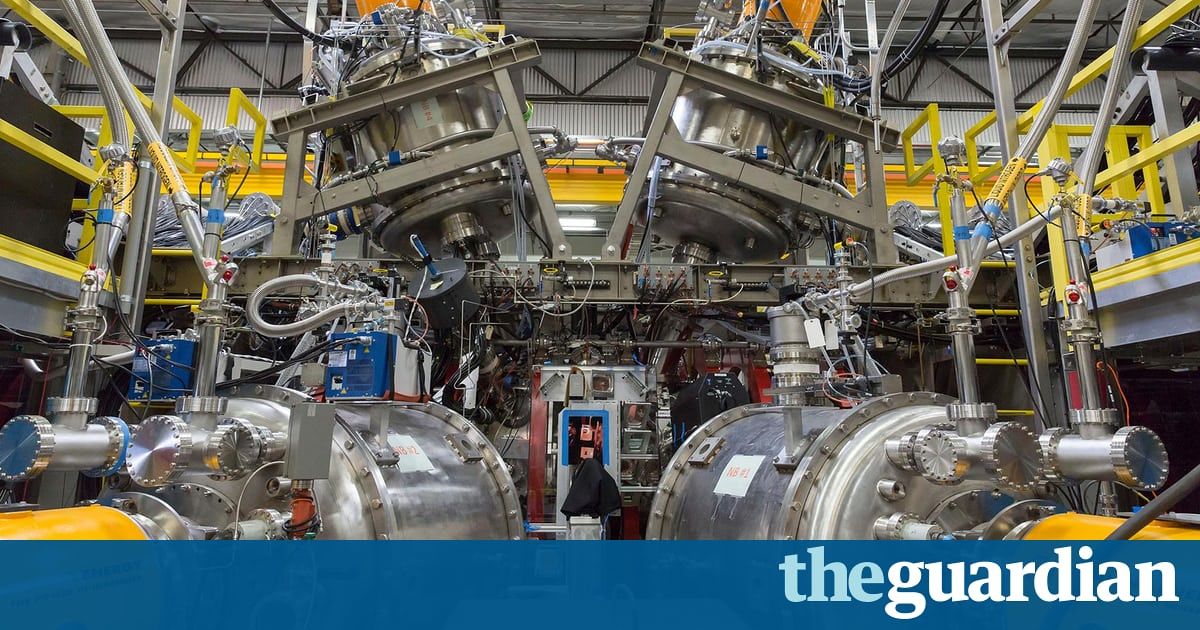

Such a battery produces very low power, but has no moving parts, no emissions of any type including radiation, needs no maintenance, does not need to be recharged and will operate for thousands of years.
The team grew a man-made diamond that, when placed in a radiation field, was able to generate a small electrical current. And the radioactive field can be produced by the diamond itself by making the diamond from radioactive carbon-14 extracted from nuclear waste.
Even better, the amount of radioactivity in each diamond battery is a lot less than in a single banana.
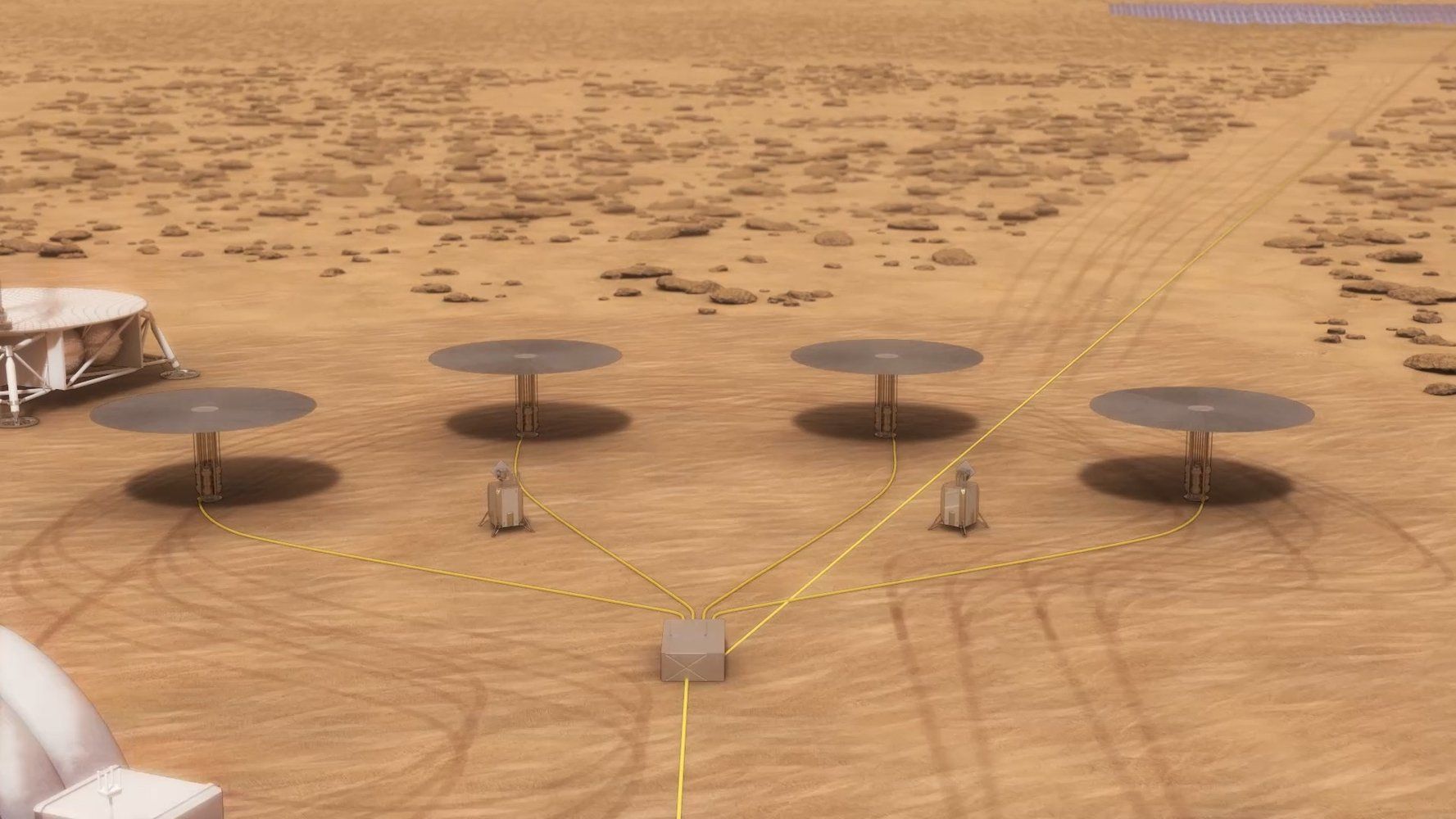
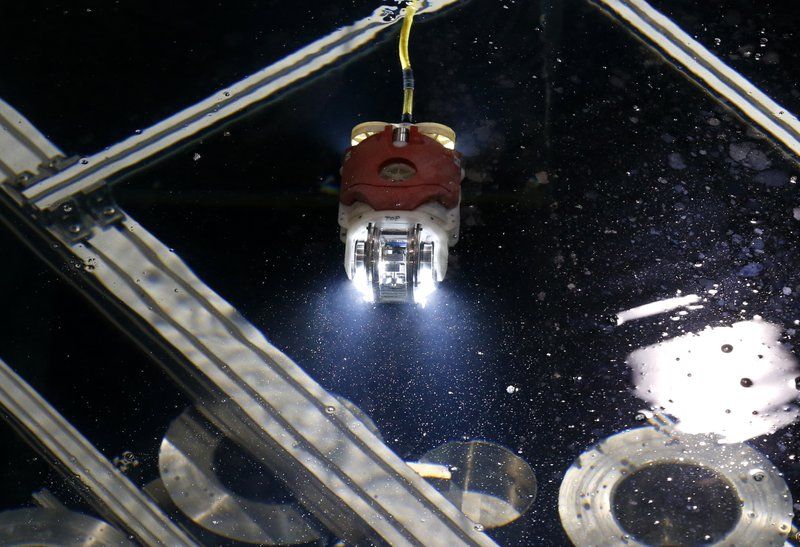
YOKOSUKA, Japan (AP) — A Japanese industrial group unveiled Thursday a robot designed for underwater probes of damage from meltdowns at the Fukushima Dai-Ichi nuclear plant after the March 2011 earthquake and tsunami.
Remote controlled robots are key to the decades-long decommissioning process for the plant. But super-high radiation and structural damage inside the reactors hampered earlier attempts to inspect areas close to the reactors’ cores.
The developers say they plan to send the new “mini manbo,” or “little sunfish,” probe into the primary containment vessel of Unit 3 at Fukushima in July to study the extent of damage and locate parts of melted fuel thought to have fallen to the bottom of the chamber, submerged by highly radioactive water.
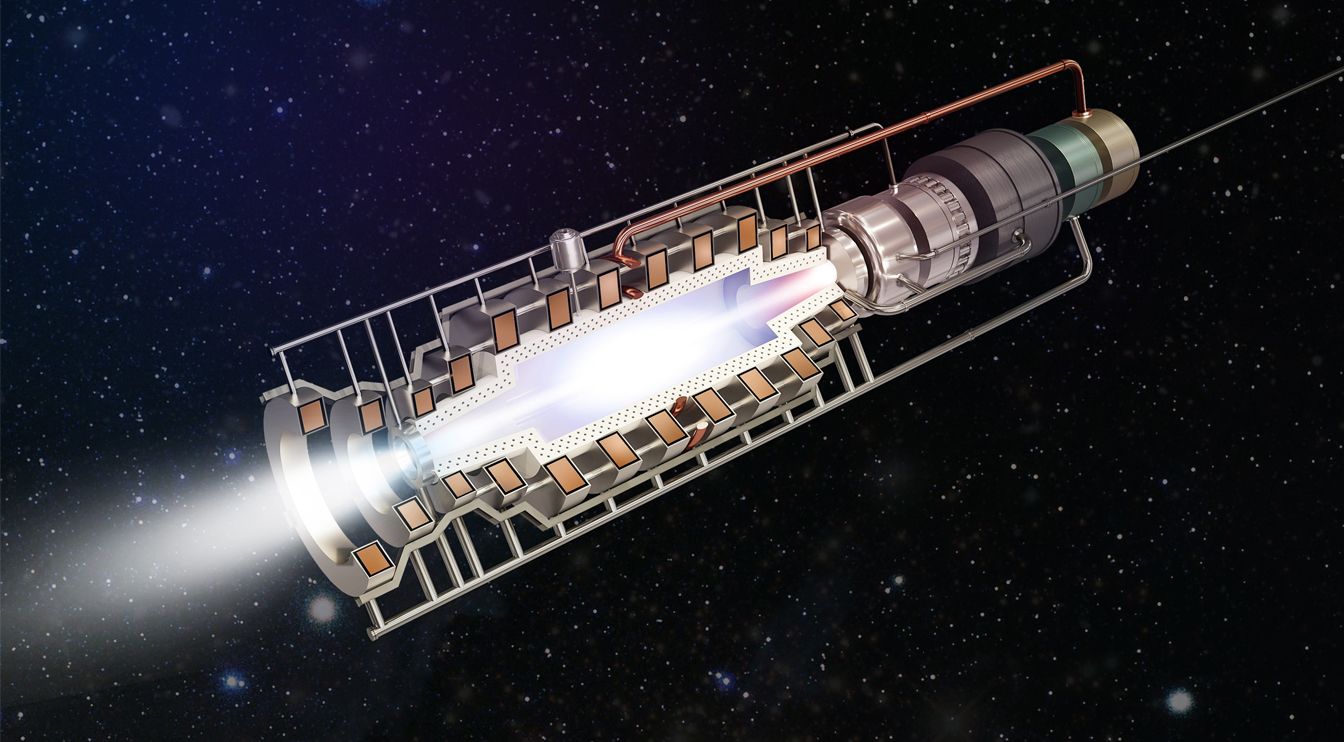
Nuclear fusion is the process that powers the sun, but closer to home scientists are trying to develop fusion reactors that could provide immense amounts of energy. These reactors are big and (currently) inefficient, but a NASA-funded startup called Princeton Satellite Systems is working on a small-scale fusion reactor that could power advanced fusion rockets. Suddenly, other planets and even other star systems could be in reach.
All the forms of rocket propulsion we currently have involve accelerating propellant out of a nozzle. Then, physics takes over and the vessel moves in the opposite direction. Most spacecraft use chemical propulsion, which provides a large amount of thrust over a relatively short period of time. Some missions have been equipped with ion drives, which use electrical currents to accelerate propellant. These engines are very efficient, but they have low thrust and require a lot of power. A fusion rocket might offer the best mix of capabilities.
Current nuclear reactors use fission to generate energy; large atomic nuclei are broken apart and some of that mass is transformed into energy. Fusion is the opposite. Small atomic nuclei are fused together, causing some mass to be converted into energy. This is what powers stars, but we’ve had trouble producing the necessary temperatures and pressure on Earth to get net positive energy generation.

Doug Coulter built a nuclear reactor in his basement.
Watch the full MOTHERBOARD video: http://bit.ly/2s69dxm